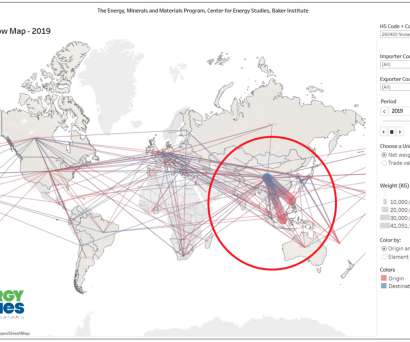New study finds GHG emissions from palm oil production significantly underestimated; palm oil biofuels could be more climate-damaging than oil sands fuels
Green Car Congress
APRIL 27, 2012
Mha (20%) of the peatlands of Peninsular Malaysia, Sumatra and Borneo in 2010, surpassing the area of Belgium and causing an annual carbon emission from peat decomposition of 230–310 Mt CO 2 e. Slightly more than half of the GHG emissions for these biofuels in the EPA’s analysis came from land use change. Earlier post.). —Dr.








































Let's personalize your content